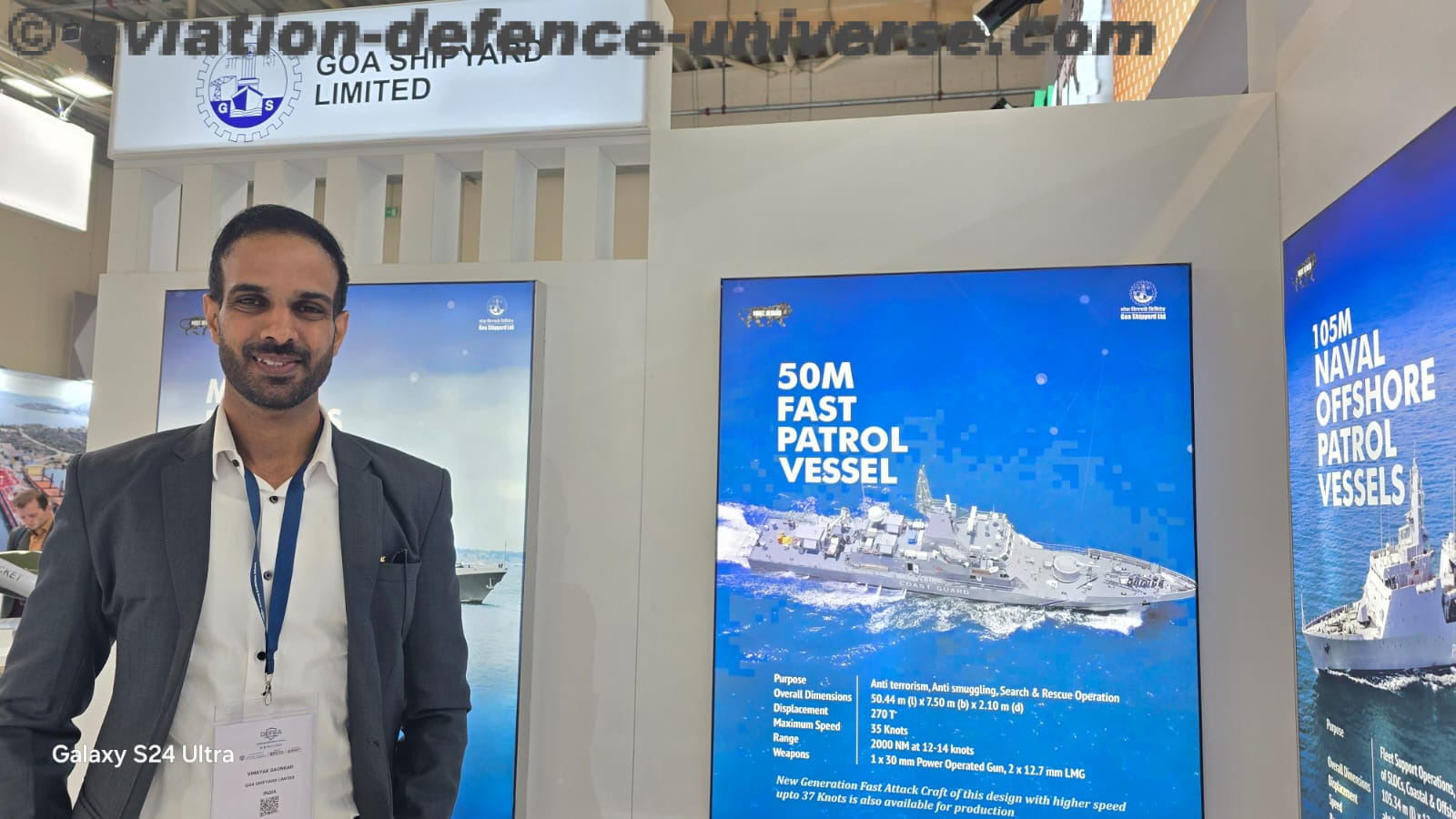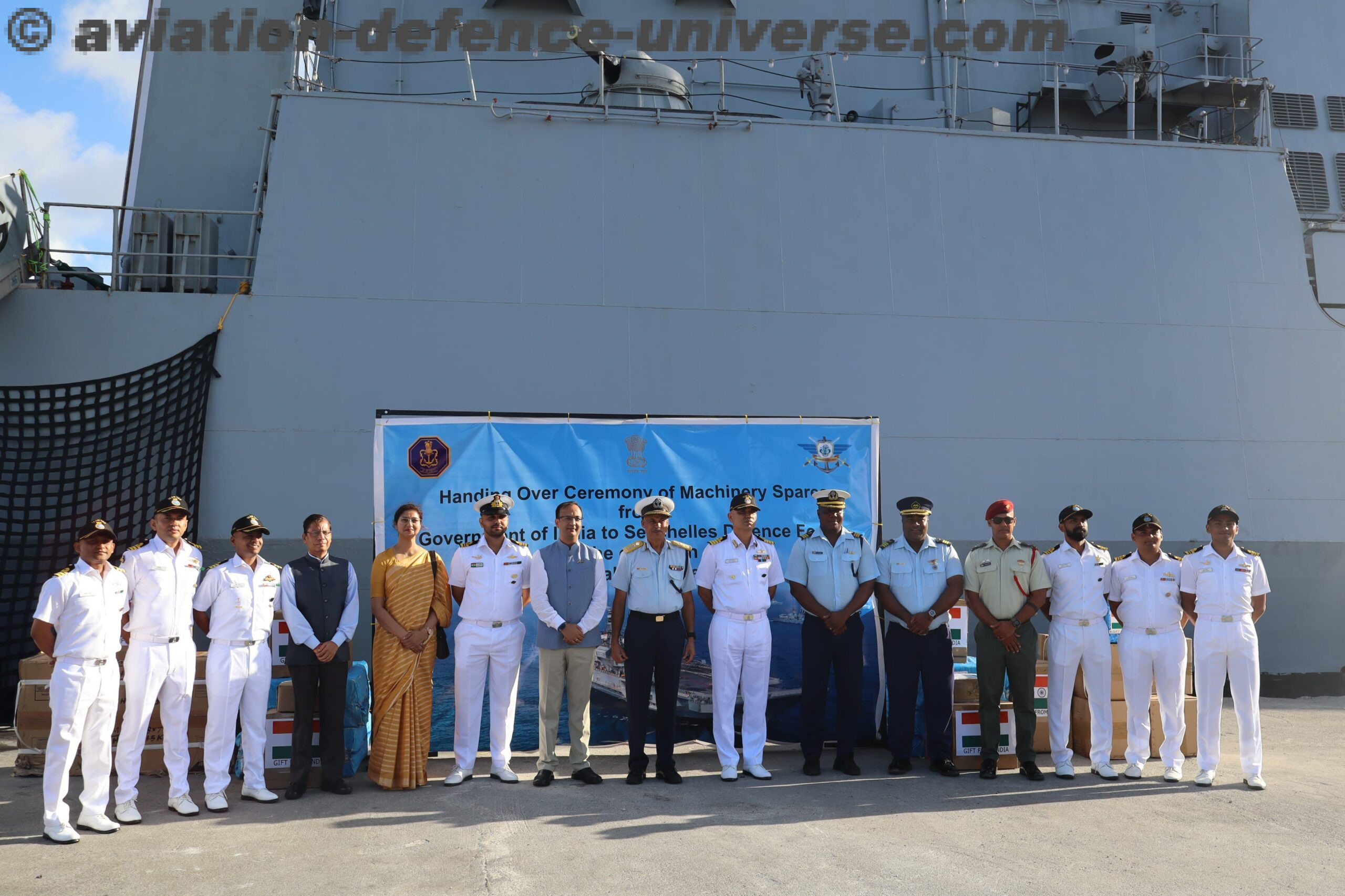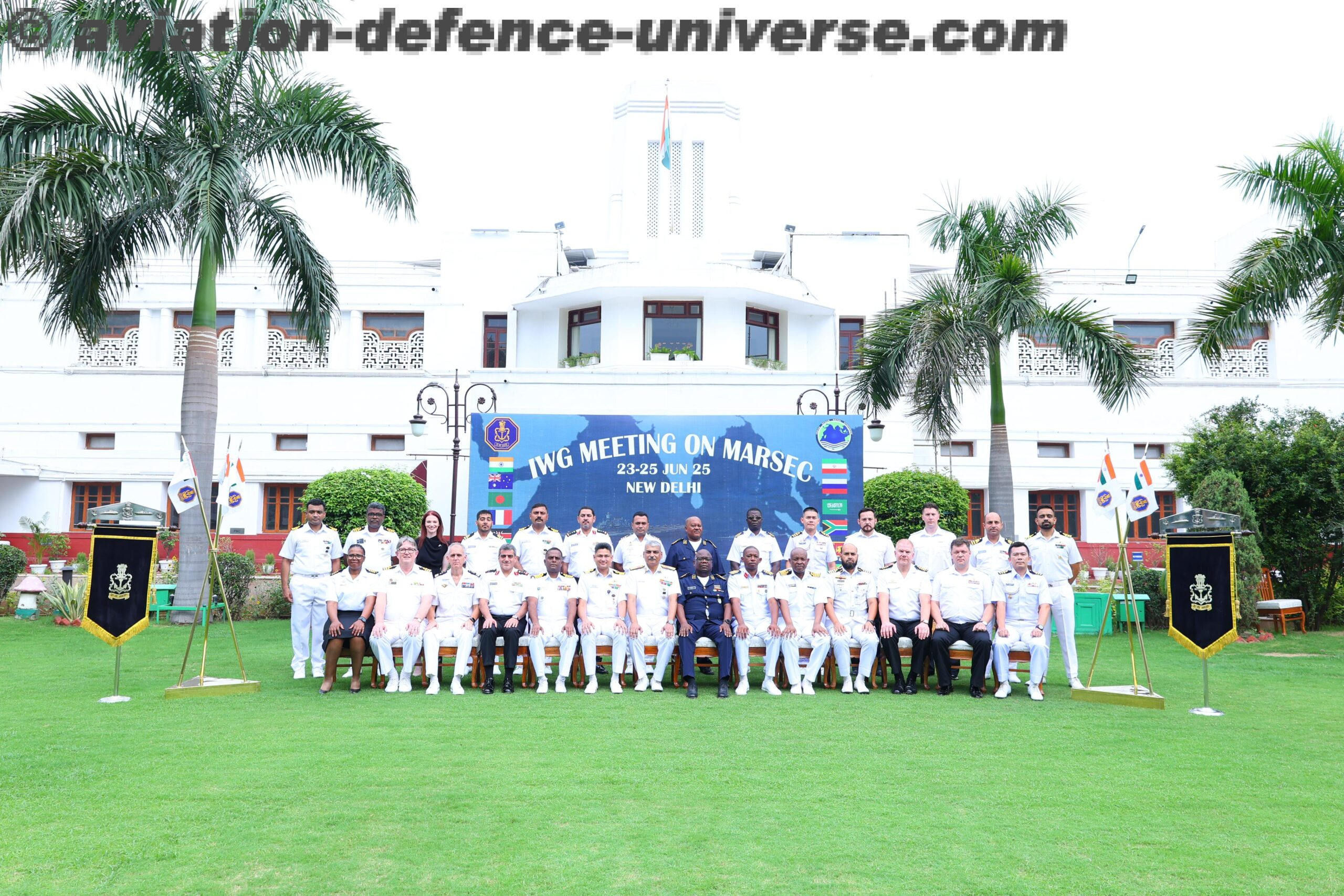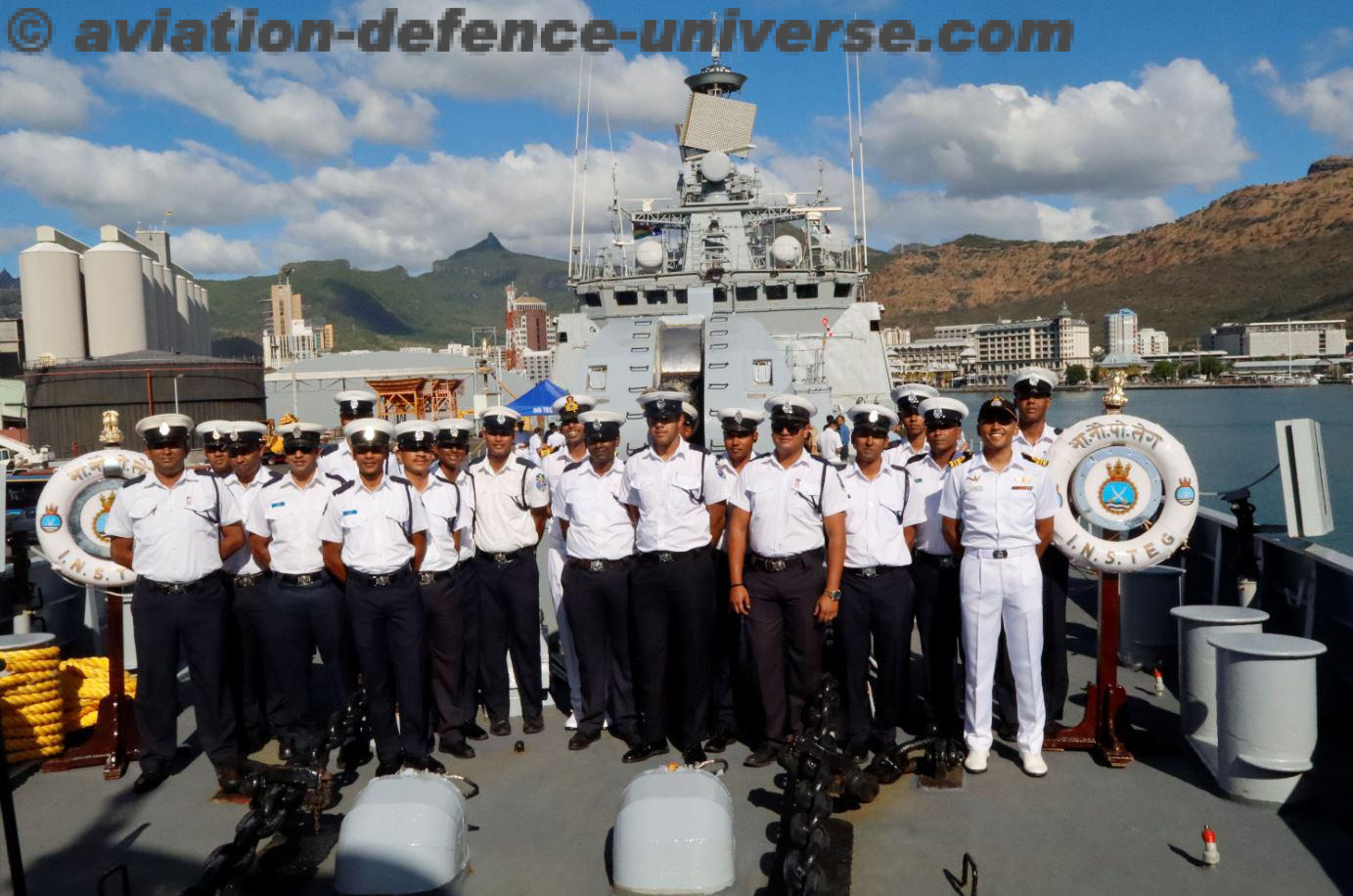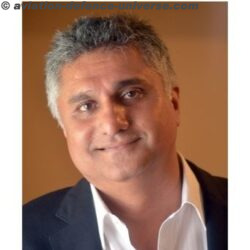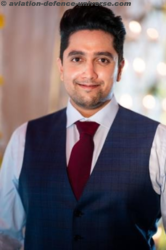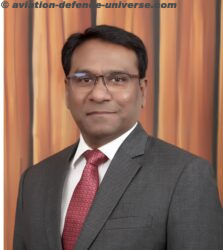By Paul Stein, Rolls-Royce, Chief Technology Officer
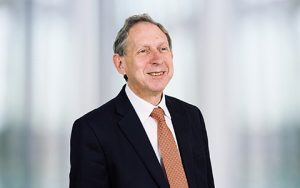
Derby. 26 April 2020. “When I look back to life pre-COVID 19, one of the world’s most important tasks was to find a way to live more sustainably, and the aerospace and power generation industries were at the forefront in addressing that challenge.
And when I look forward to a post-COVID 19 world, when we can be with each other again, I truly believe that interest in sustainability will be stronger than ever. In aviation we will have come to recognise how much travel and human interaction means to us and be even more committed to ensure it continues as we better understand the frailty of our planet and the fragility of humankind.
We’ve taken great steps at Rolls-Royce with our three-pillar sustainability approach of developing the gas turbine to even greater efficiency, supporting the introduction of Sustainable Aviation Fuel and creating new, disruptive technologies such as electrification.
One of the great endeavours in the latter category has been our E-Fan X programme in partnership with Airbus. From our side, this has involved creating a hybrid-electric power generation system at a scale never previously seen in our industry, comprised of an embedded AE2100 gas turbine driving a 2.5MW generator and 3000V power electronics and an electric propulsion unit. What has been particularly encouraging has been the amount of industry interest and support for this programme, and I know everyone at Rolls-Royce and Airbus has been truly grateful for that.
As with all such leading-edge programmes, we constantly evaluate the best way forward and it has become clear to both parties that the actual requirement to carry out a test flight with all the elements integrated is not critical at this time. As an aircraft, E-Fan X was always designed to be a demonstrator only and never for actual use as a product in service.
From the Rolls-Royce perspective, our power generation system can and will be integrated into any future aircraft that is developed requiring a hybrid-electric propulsion system, including a comprehensive flight-test programme to ensure that all industry safety requirements are met.
So as a result of that joint decision we have agreed that the actual E-Fan X programme will now conclude. We thank Airbus and all of our respective partners for their co-operation and support over the last three years.
Although our programme with Airbus concludes, we are planning that our power generation system ground testing will complete, allowing us to demonstrate the technology and capture all the lessons. This will involve integrating our generator, now well advanced on test in Trondheim, Norway, with our already-proven control systems and thermal management systems which have been developed at Derby and Indianapolis respectively.
Amongst the many great achievements from E-Fan X has been the generator – about the same size as a beer keg – but producing a staggering 2.5 MW. That’s enough power to supply 2,500 homes and fully represents the pioneering spirit on this project.
We will be going through a short period of re-planning due to this decision to make sure we properly capture all the lessons, knowledge and associated intellectual property.
So we celebrate all that we have achieved on the E-Fan X programme, and I especially want to thank Grazia Vittadini, CTO of Airbus, for the incredible co-operation of her and the Airbus team, to thank the UK and EU government funding bodies and all their teams for their dedication and partnership over the last three years and of course to thank our own Riona Armesmith who has project-managed E-Fan X so skilfully. You can read Grazia’s blog on the subject here: https://fly.airbus.com/our-decarbonisation-journey-continues
But we also move on. The learning that has already placed us in an industry-leading position will be taken even further through the completion of the ground testing of our power generation system, which is already well advanced.
That work – one of a whole host of projects we are actively involved in – will ensure that we remain a pioneer of electrification, ready to power the more sustainable aircraft of the future.”































